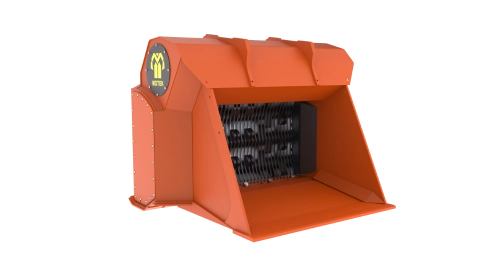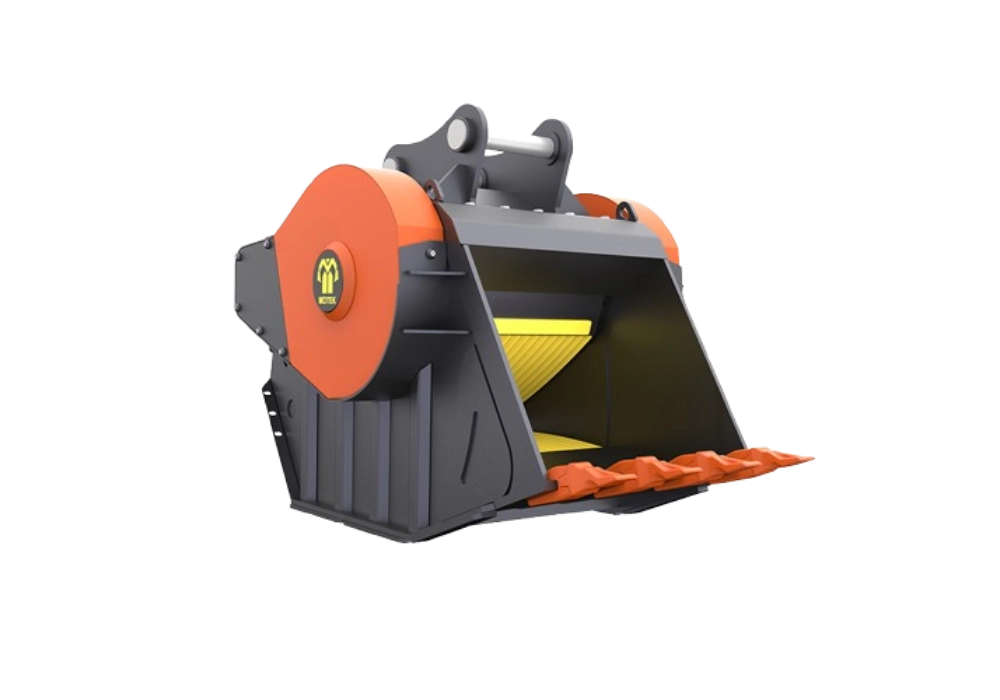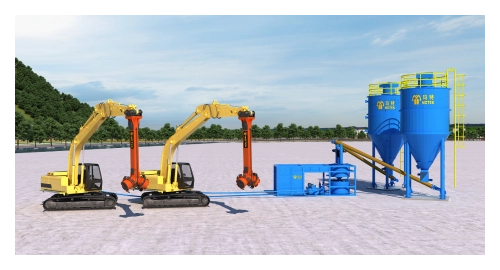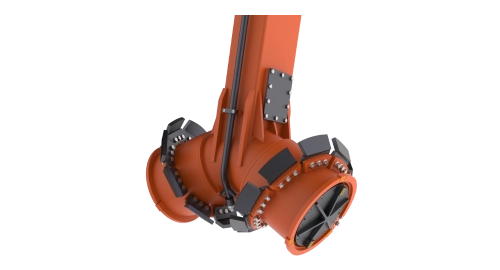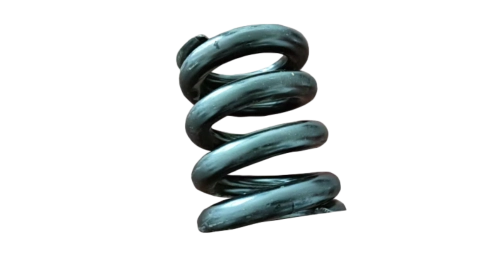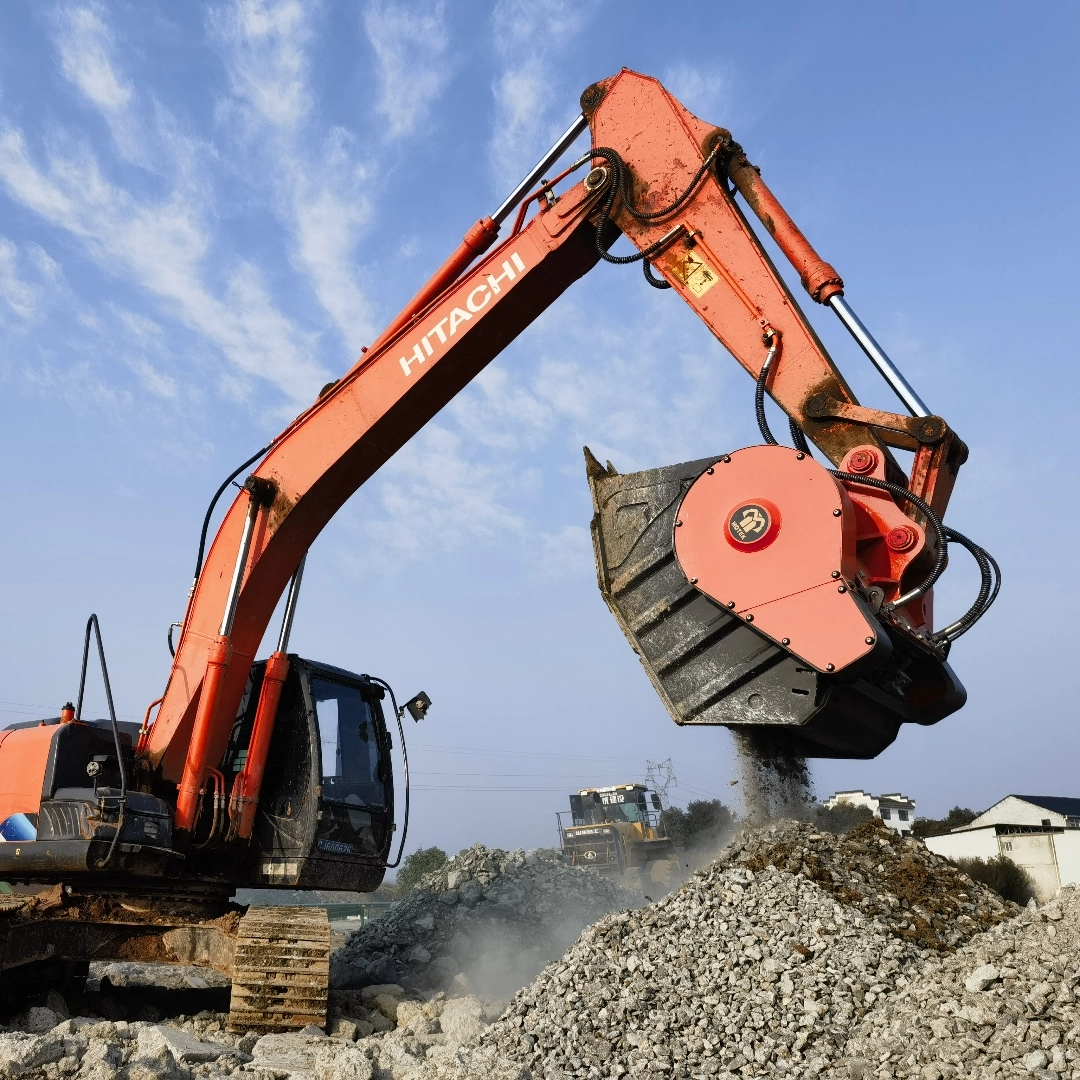How to Screen Rocks, Asphalt, Gravel, Dirt, and More: Step-by-Step Guide for Effective Sorting
Release time: 2025-03-19
Screening materials like rocks, gravel, asphalt, and dirt is an essential process in construction, landscaping, and other industries. By using the right equipment and techniques, you can efficiently sort these materials into various sizes to meet project specifications. In this comprehensive guide, we’ll explore the different methods for screening materials and provide tips for selecting the right screening bucket equipment to achieve optimal results.

Why Screening Materials is Essential in Construction and Landscaping
Screening materials helps separate large particles from fine particles, which is crucial for ensuring the right mix for construction projects, landscaping, or roadwork. It also improves the quality of aggregates for concrete production and makes dirt suitable for gardening or landscaping projects.
Types of Materials You Can Screen for Different Projects
Screening isn’t limited to rocks and gravel. Here’s a list of materials you can screen for various applications:
- Rocks – for construction or landscaping.
- Gravel – for concrete production, road construction, and drainage.
- Asphalt – for roadwork and recycling.
- Dirt and Sand – for landscaping, gardening, and subgrade preparation.
Each material requires different equipment, so understanding the requirements of your project is essential.
Best Practices for Screening Rocks and Gravel
When it comes to sorting rocks and gravel, it’s important to use the appropriate equipment to get the best results.
1. Choose the Right Screening Rock Equipment for the Job
- Vibrating Screens – These are ideal for separating small materials from larger ones and can handle large volumes of rock or gravel.
- Trommel Screens – These cylindrical screens are perfect for finer materials, such as sand and gravel.
2. Understand Mesh Sizes
The size of the mesh you use will depend on the materials you are screening. For example, large rocks require wider mesh openings, while smaller gravel might require finer mesh.
3. Proper Feeding Methods
Feed the material slowly to avoid clogging or overloading the machine, and ensure consistent sorting.
How to Screen Asphalt Efficiently for Road Construction
Screening asphalt is a crucial step in road construction, where it is often recycled for new paving projects. The process ensures that old asphalt is sorted into reusable sizes for further processing.
- Use a Trommel or Vibrating Screen to separate larger particles.
- Ensure Proper Separation of fine aggregates from coarse materials for consistent asphalt production.
Dirt Screening Methods for Landscaping and Subgrade Preparation
For landscaping and subgrade preparation, screening dirt helps eliminate large clumps, rocks, and debris, leaving you with clean material for planting or preparing the ground.
Methods for Screening Dirt:
- Vibrating Screens work well for dirt, as they can sift through the material without crushing it.
- Trommel Screens are ideal for fine dirt and sand, as they provide a thorough separation.
How to Screen Sand and Gravel for Concrete Production
Concrete requires precise aggregate grading to ensure strength and durability. Screening sand and gravel into different sizes ensures that the right proportions are used in the mix.
- Fine Sand should be separated from larger aggregates for a smoother texture.
- Gravel should be sorted by size to meet concrete mix specifications.
Choosing the Right Equipment for Screening Materials
Choosing the correct equipment is crucial for efficient material screening. Here’s a quick comparison:
- Vibrating Screens – Best for handling high volumes of rocks, gravel, and dirt. They use vibrations to sift materials into various sizes.
- Trommel Screens – Best for fine materials, such as sand or asphalt. They rotate to separate small materials through mesh openings.
- Hydraulic and Mechanical Shakers – Used for specialized jobs in areas where vibration is less effective.
Make sure to evaluate the type of material you’re screening and the volume to choose the equipment that best suits your needs.
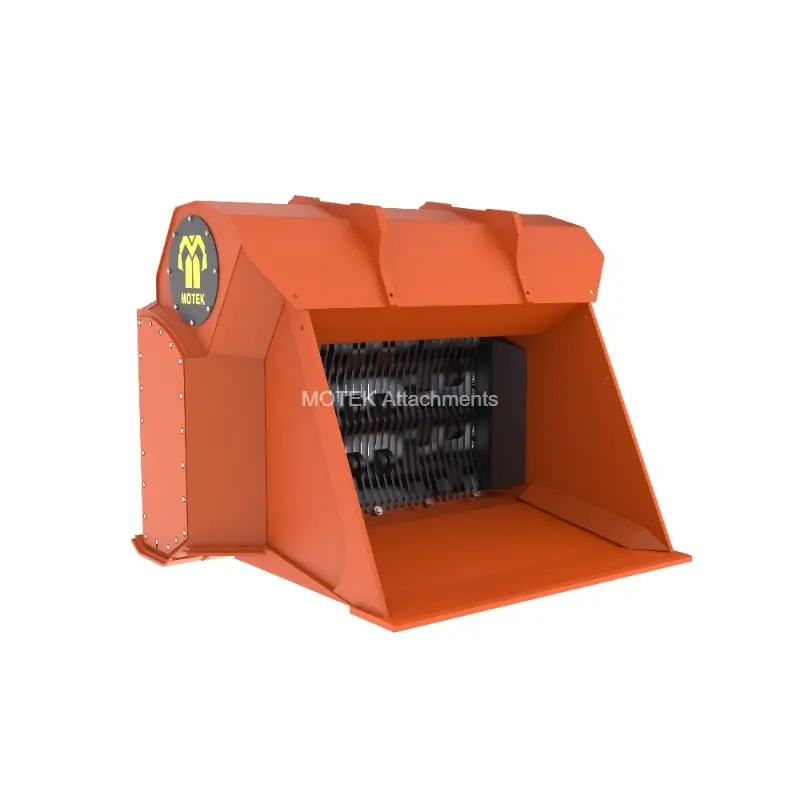

Start Your Screening Project Today!
Now that you know the essential techniques and best practices for screening rocks, asphalt, gravel, dirt, and more, it’s time to apply this knowledge to your next project. Whether you’re working on construction, landscaping, or road construction, choosing the right screening method and equipment is key to success.
Ready to start your next project? Explore our full range of screening equipment or contact us for personalized advice on choosing the right screening tools for your needs.


